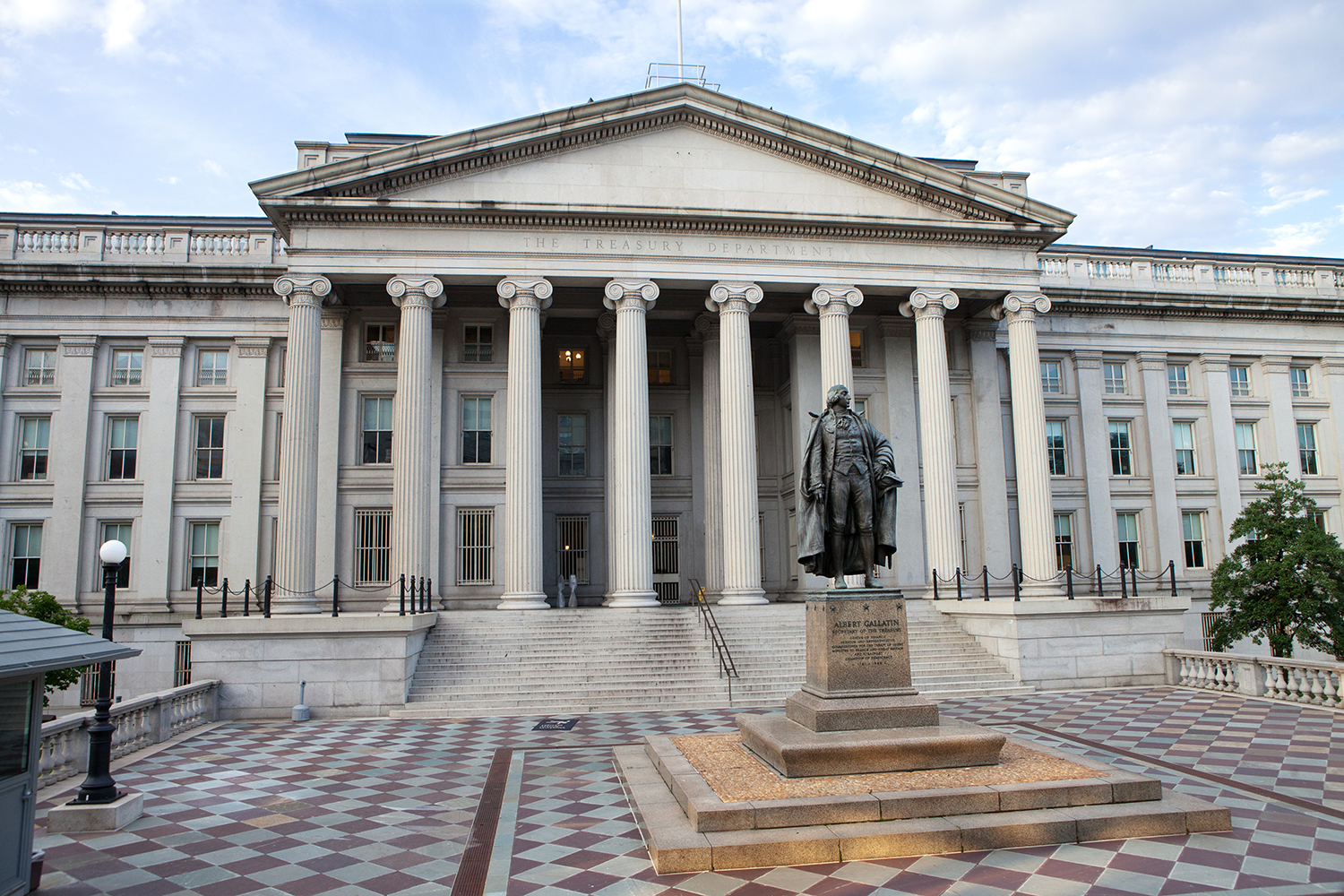Three months into the new fiscal year the US has already added over $700 billion to the national debt. December was the best of the first three months as the US government’s revenue was only $86.7 billion short of their expenses, this was significantly better than November ($366.7B) and October ($257.5).
- This December was even better than 2023 when the budget deficit was $129.4B. However, three months into the new fiscal year the debt is already 39% higher ( $710.9) compared to where we were in 2024.
Explanation: The Congressional Budget Office (CBO) notes that these numbers are influenced by payment timing. Payments due on Sundays, like those in October 2023 and December 2024, were shifted, affecting monthly deficits. However, even accounting for those adjustments, the deficit would still be $679 billion, a 25% increase over last year.
Why Does This Matter: Besides the reality that the world’s largest superpower is careening towards insolvency. The major problem for us now is the impact this debt has on interest rates. Sam Goldfarb had wrote in The Wall Street Journal on Monday about rising bond yields noting that, “Concerns about the federal budget deficit could also be a factor. Larger deficits require the Treasury Department to issue more debt, and the additional supply can hurt the value of existing bonds.”
Bottom Line: It is going to be hard for rates to fall too much with the amount of debt the US government is issuing.



